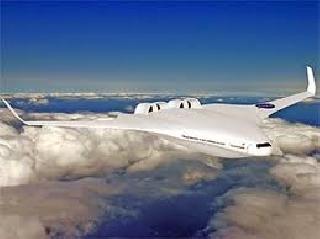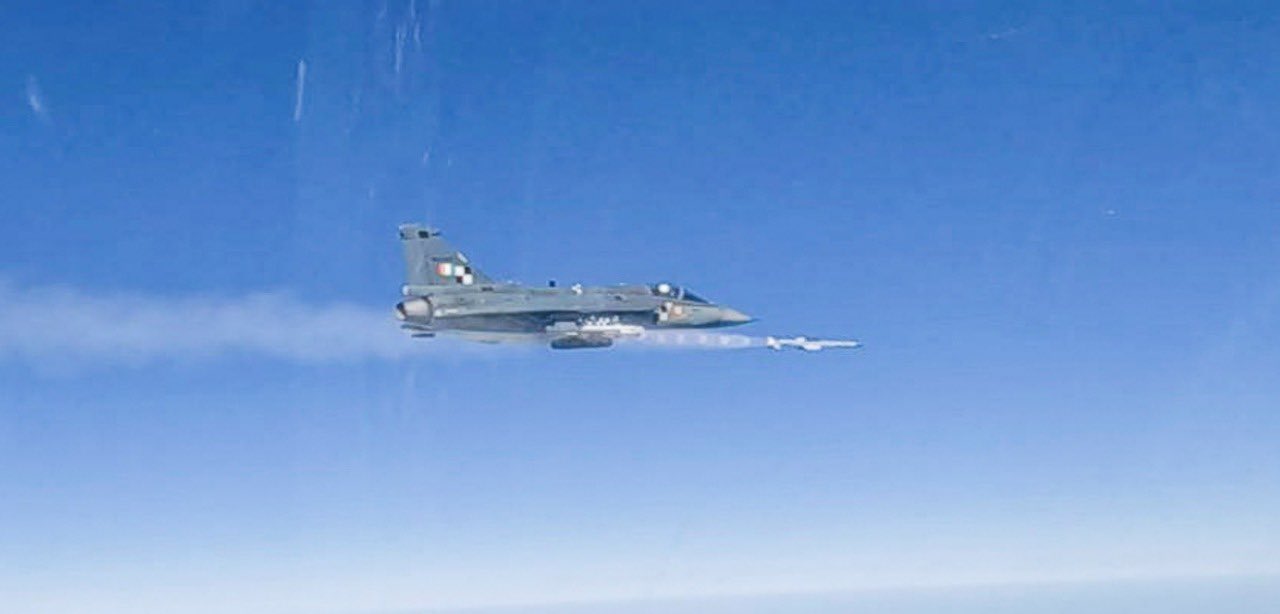
MIT designed futuristic airplane
WASHINGTON (BNS): Designs that may make airplanes greener and quieter for future generations are one step closer to reality with recent NASA contract awards.
Four industry and academic teams will split $16.5 million for additional research into ideas for aircraft that could enter service between 2030 and 2035, NASA said.
NASA refers to this time period as N+3, representing technology three generations more advanced than what is in service today.
Under the new contracts, the teams will develop concepts and models that can be tested in computer simulations, laboratories and wind tunnels.
The Boeing Research & Technology award continues the work of the SUGAR Project, which looked at truss-based wing aircraft designs and hybrid electric engine technology. The new contract will allow the team to start collecting higher fidelity data on its concepts.
Under the NASA contract, the team will design, construct and test wind tunnel mockups and computer models of the airplane. They will also study lightweight materials and engine concepts for even more futuristic planes that could fly between 2040 and 2045.
The MIT team is moving forward with work on its "double bubble" airplane design. The team will develop the technologies identified during the first study and build a model for testing.
MIT will also explore the challenges of high-efficiency, small-core engine technology - the idea that it is not necessary to increase an engine's size to increase efficiency in delivering power.
The Cessna Aircraft Company team will focus on airplane structure, particularly the aircraft outer covering.
Engineers are trying to develop what some call a "magic skin" that can protect planes against lightning, electromagnetic interference, extreme temperatures and object impacts. The skin would heal itself if punctured or torn and help insulate the cabin from noise.
The Northrop Grumman team will test models of one very important part of an aircraft, the leading edge of the wing.
If engineers can design a smooth edge without the current standard slats, airplanes would be quieter and consume less fuel at cruise altitudes because of the smoother flow of air over the wings, NASA said.
 Previous Article
Previous Article Next Article
Next Article












The Indian Air Force, in its flight trials evaluation report submitted before the Defence Ministry l..
view articleAn insight into the Medium Multi-Role Combat Aircraft competition...
view articleSky enthusiasts can now spot the International Space Station (ISS) commanded by Indian-American astr..
view article